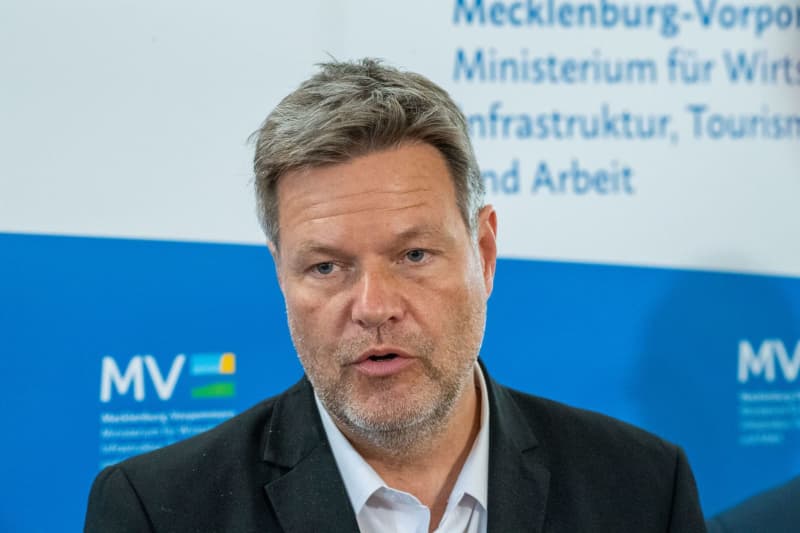Germany is set to enhance its liquefied natural gas (LNG) capabilities with the expected operationalization of two additional floating import terminals before winter. According to a spokesperson from Deutsche Energy Terminal (DET), the government-owned company overseeing the terminals, final preparations are underway at the facilities situated along the northern coastal port of Wilhelmshaven and on the Elbe River near Stade. This rapid development is part of Germany’s strategic response following Russia’s invasion of Ukraine, an event that prompted Berlin to seek alternative energy sources and significantly reduce its reliance on Russian gas imports. The increased urgency for LNG infrastructure demonstrates Germany’s commitment to energy security amid shifting geopolitical landscapes.
Germany has been proactive in ramping up its LNG terminal capacity, establishing multiple floating terminals since the onset of the Ukraine crisis. Existing facilities are already operational in key locations, including Wilhelmshaven, Brunsbüttel at the mouth of the Elbe, and the eastern island of Rügen. However, despite these advancements, the long-term vision remains the construction of onshore LNG facilities, signaling a transition from temporary to more permanent energy infrastructures. Economy Minister Robert Habeck has expressed confidence in the country’s preparedness for the winter, attributing the robust levels of gas storage partly to the effectiveness of these floating terminals.
Amid these developments, the decision to incorporate gas as a cornerstone of Germany’s energy transition has faced criticism from environmental advocacy groups, such as Environmental Action Germany. These organizations have voiced their opposition to the continued construction of new LNG terminals, arguing that it contradicts the goals of reducing fossil fuel dependency and transitioning to sustainable energy sources. This tension highlights the broader debates surrounding energy policy in Germany, particularly in the wake of the climate crisis and the nation’s prior commitments to renewable energy expansion.
The new floating terminals were originally slated for completion in the first half of 2024; however, delays pushed the operational timeline to the end of the year. Various challenges, including supply chain issues, have contributed to these delays, underscoring the complexity of rapidly developing energy infrastructure in a time of crisis. Unlike the initial terminal in Wilhelmshaven, which is located at an existing chemical goods transshipment facility, the new terminal sites are being built on purpose-designed docks, which require extensive groundwork and underwater construction.
In Stade, work is underway to convert the ship Energos Force into a floating LNG terminal. The DET spokesperson noted that further modifications and enhancements are still necessary to prepare the ship for operational use. The meticulous nature of this process underscores not only the technical requirements involved in adapting existing vessels for LNG use but also the ongoing efforts to augment Germany’s gas-importing capabilities as part of a comprehensive strategy to secure energy supplies.
As Germany moves forward with these floating import terminals, the implications for its energy future remain critically significant. With the anticipated onset of winter and the pressures stemming from geopolitical unrest, these infrastructural developments represent crucial advancements in energy self-sufficiency. Yet, the dialogues surrounding environmental sustainability and fossil fuel usage continue to challenge the balance between immediate energy needs and long-term climate goals. The integration of these two new LNG terminals into Germany’s energy landscape will thus be a focal point for discussions on energy policy moving forward.

